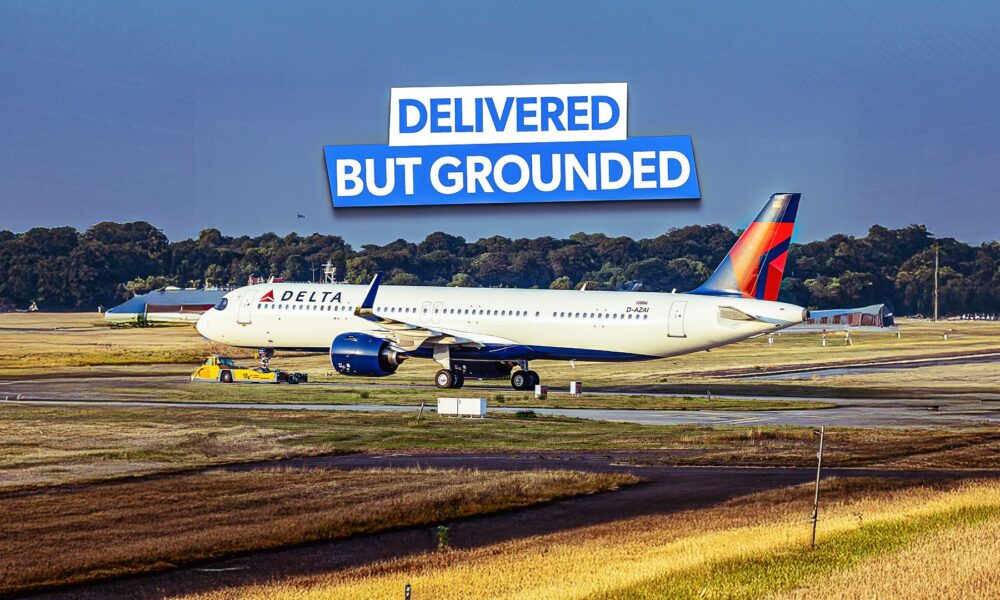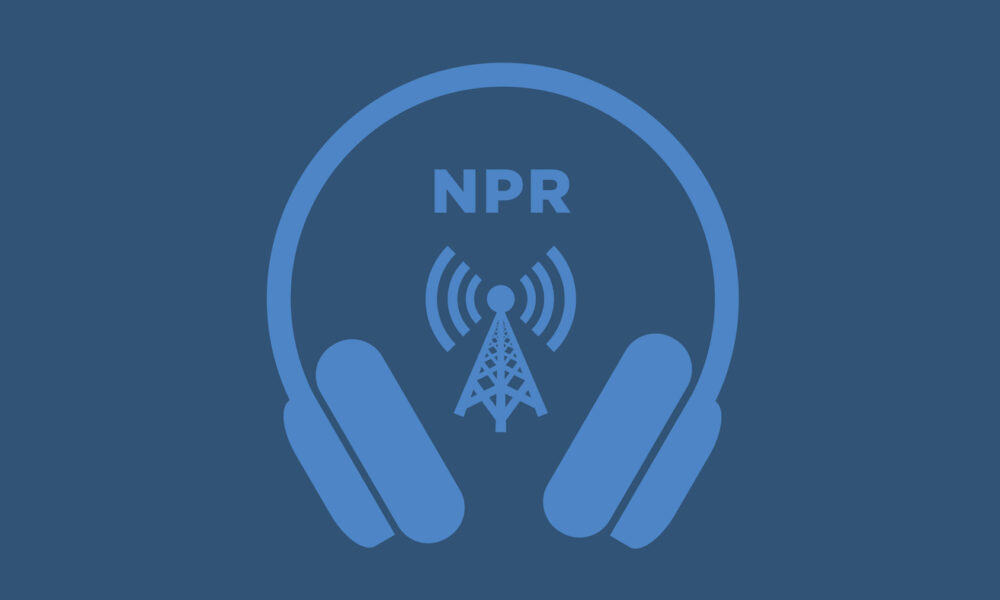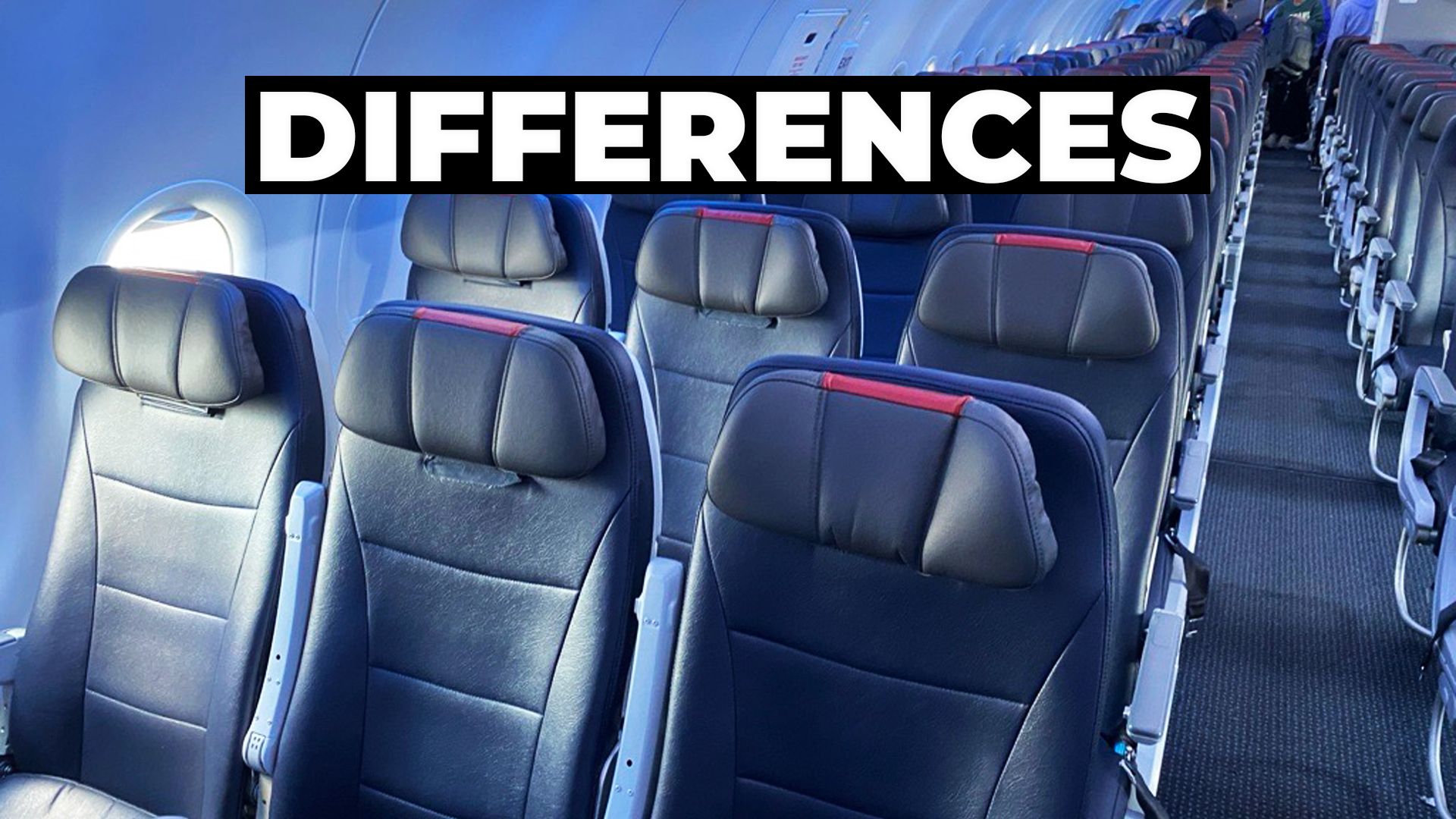Delta Air Lines is set to introduce a unique configuration for its Airbus A321neo aircraft, increasing the number of first class seats from 20 to an impressive 44. This new subfleet will focus on meeting demand for premium travel, particularly on transcontinental routes. The decision reflects a pragmatic approach by Delta, adapting to certification delays and maximizing the use of its resources.
Overview of Delta’s A321neo Fleet
Currently, Delta operates 79 Airbus A321neos with an additional 71 on order, making a total of 155 aircraft. Most of these planes feature a standard layout of 194 seats, which includes 20 Delta First seats, 60 Delta Comfort seats, and 114 Delta Main seats. This configuration aligns with industry standards set by other major U.S. airlines, such as American Airlines and United Airlines, which also utilize 20 first class seats in their A321neo fleets.
Delta plans to transition some of its A321neos to a three-class layout, specifically for transcontinental flights. According to data from aeroLOPA, this new configuration will include 16 DeltaOne suites, 12 Delta Premium Select seats, and 54 Delta Comfort seats, along with 66 Delta Main seats, totaling 148 seats. The adaptation aims to cater to high-demand routes and replace older aircraft in the fleet.
Rationale Behind the 44-Seat Configuration
The motivation for the new configuration stems from ongoing seat certification challenges. Delta has faced significant delays in certifying new seating for its A321neo fleet, particularly for the DeltaOne suites, which feature new reverse herringbone seats with doors. As a result, the airline has opted to install additional first class seats, allowing it to generate revenue from planes currently grounded and incurring storage costs.
This innovative arrangement allows Delta to convert five stored A321neos into a more premium-focused offering. The Premium Select seats used in this new configuration are already certified and currently in operation on other aircraft. By labeling this cabin as Delta First, Delta aligns itself with market trends where airlines often market domestic first class as premium economy.
The new 44-seat configuration will maintain the existing economy layout, consisting of 54 Delta Comfort seats and 66 Delta Main seats, bringing the total to 164 seats. This approach is atypical for a narrowbody aircraft, but it enables Delta to capitalize on premium demand while continuing to navigate certification issues.
Delta’s decision to implement this configuration demonstrates flexibility in a competitive landscape. Should market demand for the 44 first class seats prove strong, the subfleet could become a lasting feature of Delta’s operations. Currently, these aircraft are expected to serve high-demand routes such as those connecting Atlanta to Los Angeles and New York City.
As the airline industry faces widespread certification delays, Delta is not alone in grappling with these challenges. Other carriers, including American Airlines and Lufthansa, have encountered similar hurdles, impacting their aircraft deliveries and operational plans. Delta’s strategy of quickly adapting its fleet configuration signifies a proactive approach to ensuring profitability and effectively utilizing its resources.
In conclusion, Delta’s introduction of the new A321neo configuration with 44 first class seats positions the airline to meet evolving passenger demands while addressing certification issues. The outcome of this initiative will largely depend on passenger response and market dynamics, but it reflects Delta’s commitment to maintaining a competitive edge in the premium travel segment.






